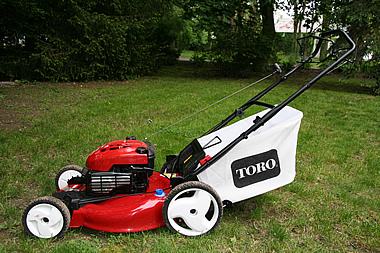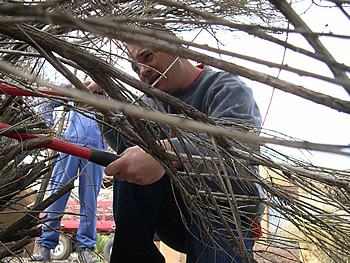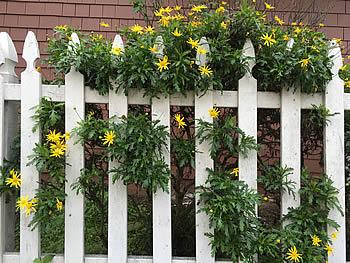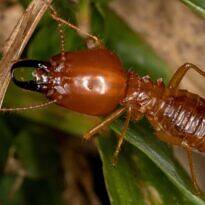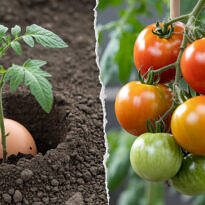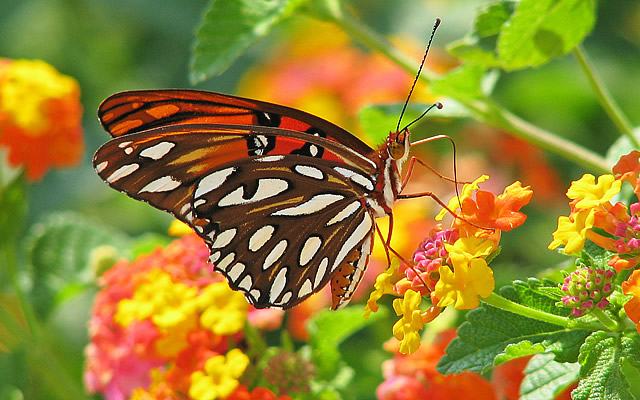
1. Conduct a Soil Analysis
Collect samples from various areas of your garden and request a soil analysis from the nearest laboratory. You can find soil laboratories in agronomy colleges, extension agencies like Emater, and private companies. Soil testing is not expensive and will guide you in correcting and fertilizing the soil for spring and summer. You might need to apply lime and fertilize with dolomitic limestone, micronutrients, and organic matter.
2. Clean Up Your Yard
Remove fallen branches and excess dead leaves from the garden. Check fences for damages and decay, as well as paved or stepped paths. Wood or concrete pieces can rot with the cold and moisture of winter, checking now will prevent future problems when the garden is more frequently used. Also repair garden structures such as trellises, arbors, benches, and bed borders, and see if they need parts replaced, repairs, or painting.
3. Purchase Tools and Plants
Before actively needing new tools, check what you have, clean them, lubricate, and make a list of what you need to buy. Also, take the opportunity to choose and purchase new shrubs, trees, and perennial flowers. Make a small project to remodel or replace plants that didn’t work out and acquire them from your favorite nursery or garden center, order if necessary. Take your time, buy the right plants.
4. Get Ready for Pruning
In spring, pruning and cutting are very frequent. Ensure that your machines are in perfect condition to start the season. Send your lawn mowers, brush cutters, and hedge trimmers for technical service, and request cleaning, blade sharpening, oil change, and spark plug replacement if necessary. Identify which areas of your garden will need pruning and devise an attack plan, to be implemented as soon as your machines return from service.
5. Perform Cleaning Pruning
Prune shrubs and woody trees, removing dead and diseased branches. If necessary, hire a specialized company to prune large trees. Pruning helps wake them up for spring, aerating and lighting up the canopy. It also keeps the garden safe, preventing the fall of a sick branch that could threaten the roof, car, and even people and animals. Also, prune the old foliage of shrubs, before they sprout, for the same reason. Remove leaves damaged by frosts, especially from tropical plants like heliconias and banana trees. Don’t forget to prune shrubs and perennial flowering plants after they bloom.
6. Prepare the Flower Beds
Keep your flower beds clean and ready for spring planting. Remove dead plants and weeds. Aerate the soil and let it sun for a few days, turning the top layer periodically, before adding organic matter and fertilizers. This technique helps control pests and diseases that may be hiding among the dead leaves, waiting for new plants to attack.
7. Plant
The beginning of spring is the ideal time to plant and transplant trees, shrubs, flowers, bulbs, vegetables, etc. Many species require this spring warmth for their initial growth and rapid establishment. In this season, plants wake up, sprout, and naturally emit new roots and leaves. Choose a cooler and cloudier day for this task, prepare deep holes, and add a good amount of organic matter. Make seedbeds with good substrate and protect them in a greenhouse if there is still a risk of frost. Don’t forget to thoroughly water each seedling and seed, on this day and the following days.
8. Fertilize
Stimulate growth, flowering, regeneration, regrowth, and fruiting of plants with good fertilizers. Create a fertilization project, relating each tree and bed. Acquire suitable fertilizers for each plant and the stage it is in. Plants that are about to flower, bear fruit, or are rooting need fertilizers rich in phosphorus and potassium. Plants in full vegetative growth, such as hedges, foliage, and lawns, will also need sources rich in nitrogen. Remember to fertilize trees and shrubs along the projection line of the canopy, and avoid applying fertilizers near the base of the plants and on sunny days. Water well after each fertilization. In addition to chemical fertilizers, also apply organic matter, such as worm castings, vegetable soil, and cured manures. Thus the plants are fed for a longer period and the soil remains healthier and more balanced.
9. Compost
With so many pruning scraps and dead leaves, it’s essential to create a compost pile, otherwise, you will lose a rich fertilizer material for your garden. Get ready, as from now on the pile will only tend to grow, with plants growing vigorously and needing more frequent pruning. If possible, invest in a lawn mower with a grass catcher for composting and, if you can, a branch shredder. Don’t forget to regularly turn your compost pile and water it when it’s dry. To enrich it even more, add fruit and vegetable peels, eggshells, coffee grounds, tea, and yerba mate among other interesting materials from the kitchen. Do not add cooked or salted foods to your compost pile. In a few months, you will have a rich homemade fertilizer.
10. Enjoy
All this work is for naught if you can’t enjoy the most beautiful season. Make a tasty juice or prepare a mate, grab your chair and enjoy the flowers, butterflies, and birds. Set up feeders with fruits and grains to attract birds and butterflies. Sunbathe in the morning and get your daily dose of vitamin D! Invite your friends for a barbecue on the weekend or a simple tea and cake in the garden. Share the beauty of your plants. Invite children for a hose bath. Take time to enjoy nature and live a bit in the present. Life is out there, in your backyard, flourishing and waiting for you.

